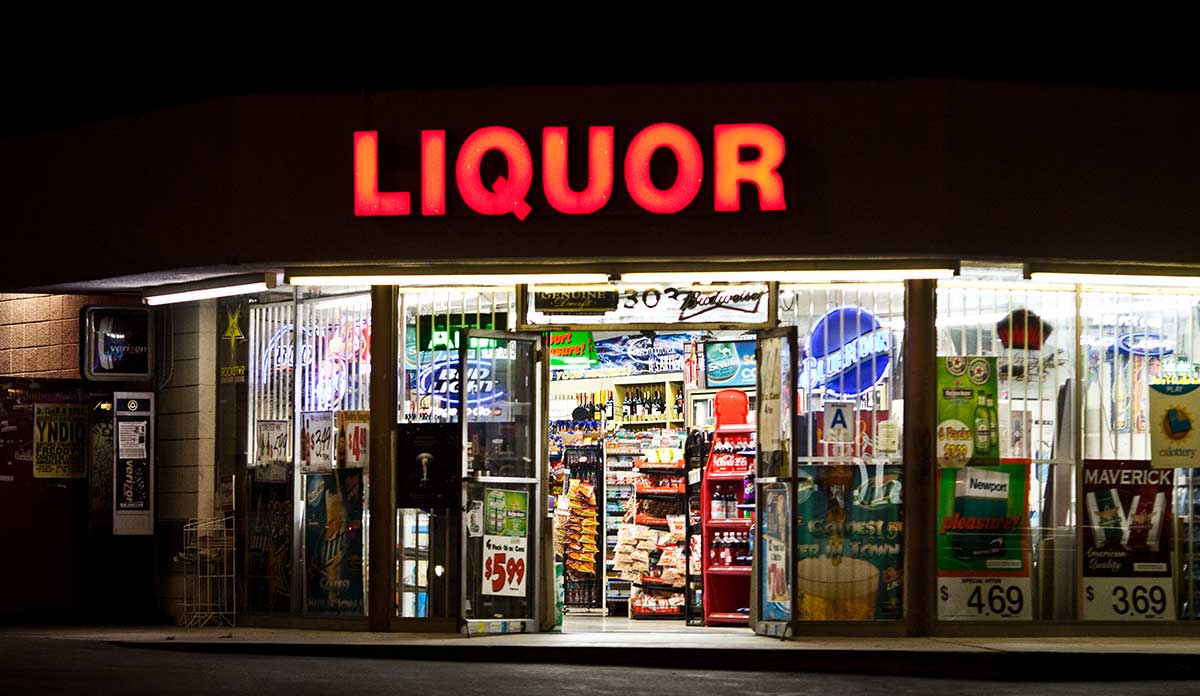The Centers for Disease Control and Prevention estimate that there are more than 106,000 deaths attributable to alcohol use each year in the United States, including 47% of homicides and 23% of suicides. Numerous studies have found that alcohol outlets are closely associated with violent crime. For instance, in Cleveland, each bar added to a city block was associated with three to four more crimes committed on that block each year. Longitudinal studies, in California cities as well as New Orleans and Atlanta, have found that reducing the number of alcohol outlets is associated with significant reductions in alcohol-related crime over time.
On the basis of this body of research, the Guide to Community Preventive Services recommends “limiting alcohol outlet density through the use of regulatory authority (e.g., licensing and zoning) as a means of reducing or controlling excessive alcohol consumption and related harms.”
For instance, in Cleveland, each bar added to a city block was associated with three to four more crimes committed on that block each year.
Across the country, regulation of alcohol outlets has fallen to state governments, and within states, often to the city level as well. Eight states reserve all authority over alcohol outlets to themselves; however, cities in the other 42 states have at least the potential to exercise some degree of control over the alcohol outlets within their borders.
This means that many cities have the ability to regulate both the placement and the selling and serving practices of outlets within their borders. Examples of how cities have used this ability include assuming powers to approve or reject new outlets based in city planning and zoning codes; requiring that outlets be a certain distance away from sensitive land uses such as playgrounds or schools; mandating that owners take reasonable steps to reduce nuisance activities in and around the establishment such as public drunkenness, harassment of passersby, gambling, prostitution, littering, and loitering; obliging servers and sellers to undergo certified training; and limiting the sale of alcohol in either very large or very small containers.
Given the range of powers available to them, an important question from a public health and public safety perspective is how many cities actually take advantage of this. CityHealth, a joint effort of the de Beaumont Foundation and Kaiser Permanente, identified nine policies that cities can use to improve the health of their residents in areas of everyday life—from the workplace and school, to housing and public transportation—and local control of alcohol outlets is one of the nine. For each, CityHealth legal experts researched local laws, and used their findings to award cities medals based on their policies in each category to the 40 largest American cities.
CityHealth announced its most recent rankings in May 2018. Regarding local control of alcohol outlets, 15 cities received a medal for their comprehensive local zoning and/or licensing laws.
To receive a gold medal in alcohol control, cities need to have in place comprehensive local zoning and/or licensing laws addressing alcohol sales for both on- and off-premises consumption, both prospectively and retrospectively. Cities earned silver if they had such laws, but were missing explicit on-premise or off-premise jurisdiction, or if they exercised regulatory power only retrospectively (on existing outlets) or prospectively (on all new outlets).
CityHealth announced its most recent rankings in May 2018. Regarding local control of alcohol outlets, 15 cities received a medal—eight gold (including Boston, Milwaukee and Las Vegas) for their comprehensive local zoning and/or licensing laws, and seven silver; eight cities were preempted by their state laws from taking local action. The remaining 17 cities have the power to exercise greater control over the alcohol trade within their borders, but have yet to do so.
In cities across the nation, rates of violent crime remain stubbornly high. Exercising local control over alcohol outlets is an evidence-based but underutilized way to address this. An action guide is available that describes steps toward mining the lifesaving potential that such control holds.
Feature image: Thomas Hawk, Liquor, used under CC BY NC 2.0













